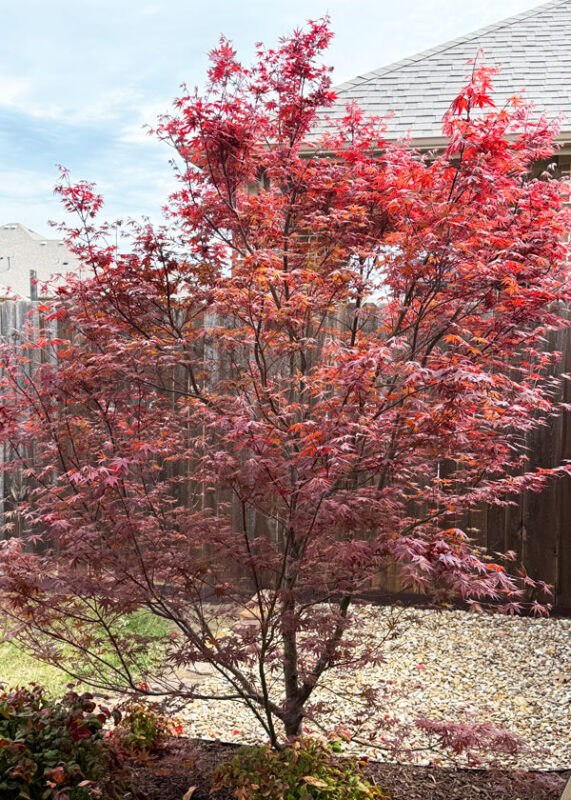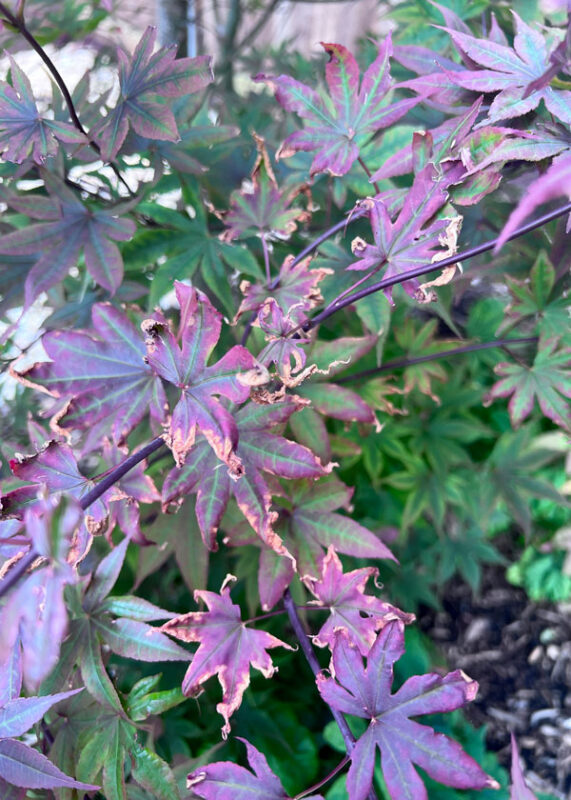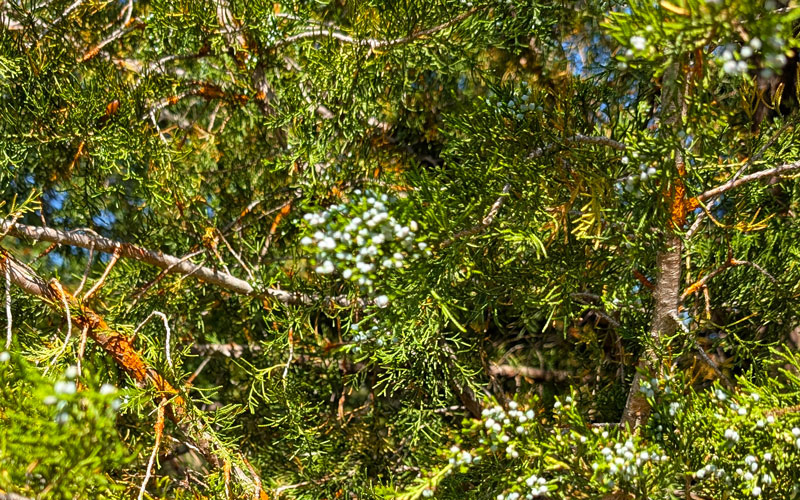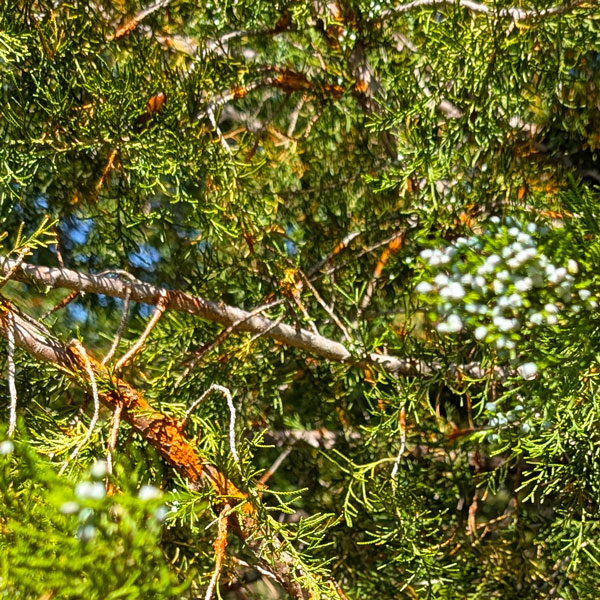Q&A – Ask Neil: April 10, 2025
(Please read these instructions carefully.)
Before you post your question, please look at recent issues to see if someone else has already asked it. You might find your answer there.
How to submit your question…
(Note: You may need to allow a pop-up window to come up in order to get the link for sending your photo(s). If you have already submitted your question and didn’t see the pop-up window, please click here.)
• Click the link provided below to post your question. After you submit your question, a new window will pop up giving you the address to which you can e-mail a SHARP, HIGH-RESOLUTION PHOTO to accompany your question. Please DO NOT SEND THUMBNAIL PHOTOS in case I need to zoom in to see things.
• Click here to post your question.
• Please ONLY POST YOUR QUESTION ONE TIME. We can only accept a set number of questions each week, and when we get duplicates it costs other people their chances.
• One question per reader, please.
• Please use this only for posting questions – not for standard emails.
• Watch for your answer in the following week’s e-gardens.
• I choose those of greatest general interest. For example, plant IDs seldom make the cut.
• I must have your first name or initials.
• I must have your city or county. (Texas is a very large state.)
QUESTION 1
WHAT SHOULD WE DO NEXT TO CARE FOR OUR OAK TREES DAMAGED 4 YEARS AGO BY THE COLD?
Question: What should we do next to care for our oak trees damaged in Winter Storm Uri? An arborist told us to wait a few years before shaping it to allow it to gather strength. In the meantime, the epicormic growth has exploded, leaving the canopy rather unsightly. Justin J., Austin.
Answer: Class, the word of the day is “epicormic.” In 55 years of a Q&A column and radio programs, it’s never been publicly used here. Thanks, Justin, for broadening our readers’ minds by referring to buds that lie dormant beneath the bark of shade trees waiting to grow if and when there is damage to the top growth that sends hormonal messages down to them to get things started. (That’s Neil’s grammatically terrible and rather informal explanation of how apical dominance is broken.)
Without seeing your trees, it would be my suggestion that you reach back to a certified arborist to look at your trees closely. Any weak or still-damaged branches should be removed. Then, any unneeded new growth should be removed as well. At that point the trees might need to be thinned and/or reshaped to get them back on the right track. The arborist will know what to do.
Austin and the Hill Country is in the heart of the oak wilt territory, so it might be wise to wait until mid-summer, fall, or winter to do this pruning. Again, your certified arborist will know what is best. Some cities have regulations as to when you can or cannot do this trimming, and he or she will know the local ordinances. It’s great that we have localized experts – we just need to be sure to use them.
QUESTION 2
CAN A 10-YEAR-OLD LACEBARK ELM WITH CHALLENGES BE SAVED?
Question: I have a 10-year-old lacebark elm that did not leaf out on its central leader. There is also a split on the northeast side of the trunk. Can this tree be salvaged? Jan H., Denton.
Answer: A photo would have been so helpful, but I might have said the very same thing: lacebark elms are problems waiting to burst out. It sounds like this tree may have suffered the same kind of damage that so many oaks did (known as “radial shake”) after the cold of February 2021. If the main trunk is failing, the tree as a whole may be misshapen. When that happens it may involve such extensive pruning that the tree will never look right again. I am just not a fan of lacebarks. They suffer from the fatal cotton root rot fungus, and they struggle to stay upright without leaning. Compound those issues with the cold injury your tree may be facing and it’s 3 strikes and it may be out.
QUESTION 3
ANY IDEAS WHY I’VE NOT SEEN BEES AROUND MY CITRUS TREES THIS SPRING?
Question: While sitting on my patio this spring, I have seen plenty of wasps around my citrus trees but no bees (except for one bumblebee). Do you have any idea why that might be happening? Ed G., Dallas.
Answer: You would need to discuss this with a sharp entomologist, probably one from Texas A&M or another Land Grant university (ag college). You’re probably aware of the large numbers of honeybees that have been lost in recent years, and it is a known issue that wasps will attack honeybees. Beyond that I’m going to have to let you do some Web searching and contacting of professional entomologists. I just spent 30 minutes online trying to find the definitive answer for you, and I see a lot of opinions and even more ongoing research. I would suggest that you start up some pollinator flower gardens in the meantime.
QUESTION 4
WHAT IS THIS RUST-COLORED STAIN ON OUR DOZEN OR MORE EASTERN REDCEDARS?
Question: We have a dozen or more 20-foot-tall eastern redcedars. Nearly all of them have this rust-colored stain randomly throughout their branches. Is it a problem? How do we treat it? K.P., Parker.
Answer: This is a very common fungus known as cedar-apple rust. Cedars (eastern redcedars) are one of its host trees, and then it moves to apples, crabapples, and hawthorns. It is relatively harmless to redcedars, but it often completely defoliates apples just after they have expended a great deal of energy leafing out. Do not try to grow apples if you have redcedars in close proximity (within one mile). I have eastern redcears in many places in our rural landscape and I never worry about the rust. It shows up many springs, but it doesn’t do enough damage to merit any treatment. However, I brought 10 crabapples home from the nursery one spring decades ago and they were ruined within 7 days.
QUESTION 5
IS IT TOO EARLY TO TREAT FOR TARR IN ST. AUGUSTINE?
Question: Is it too early to treat for take all root rot? My St. Augustine is showing signs of the fungus in the same areas where there has been damage before. Randy M., Dallas.
Answer: It’s not too early at all. I would apply the fungicide Azoxystrobin this week. The lawn may respond quickly now that the rains have let up. Wet soils contribute to weakening the grass. Monitor the grass and treat if it continues to look bad in another month. TARR normally slows down as temperatures rise.
QUESTION 6
WHY DO OUR JAPANESE MAPLE’S LEAVES LOOK GOOD IN THE SPRING, THEN BROWN AND SHRIVEL BY MAY?
Question: We have a Japanese maple that we planted in February, 2021, on the northeast side of our house. It looks great when it leafs out, but by May its leaves turn brown and shrivel at the edges. They do not drop by the winter. What are we doing wrong? Stephanie G., Heath, Kaufman County.


Answer: That is leaf scorch that’s been brought on by (a) too much sun as summer approaches, (b) too much wind drying the leaves out, (c) letting the plant get too dry, or (d) too much nitrogen fertilizer.
Japanese maples are native to cool, moist hillsides in Japan, China, and Korea where daytime highs are in the 80s. From my experience of answering questions on them, I can report that 60 percent of the time this kind of burning is due to too much sunlight. Looking at your photo on the left, it looks like the tree may be in almost full sunlight. Japanese maples tolerate sun until only 9:30 or 10 in the mornings, then they’re best suited to shade from that point on from April through September.


